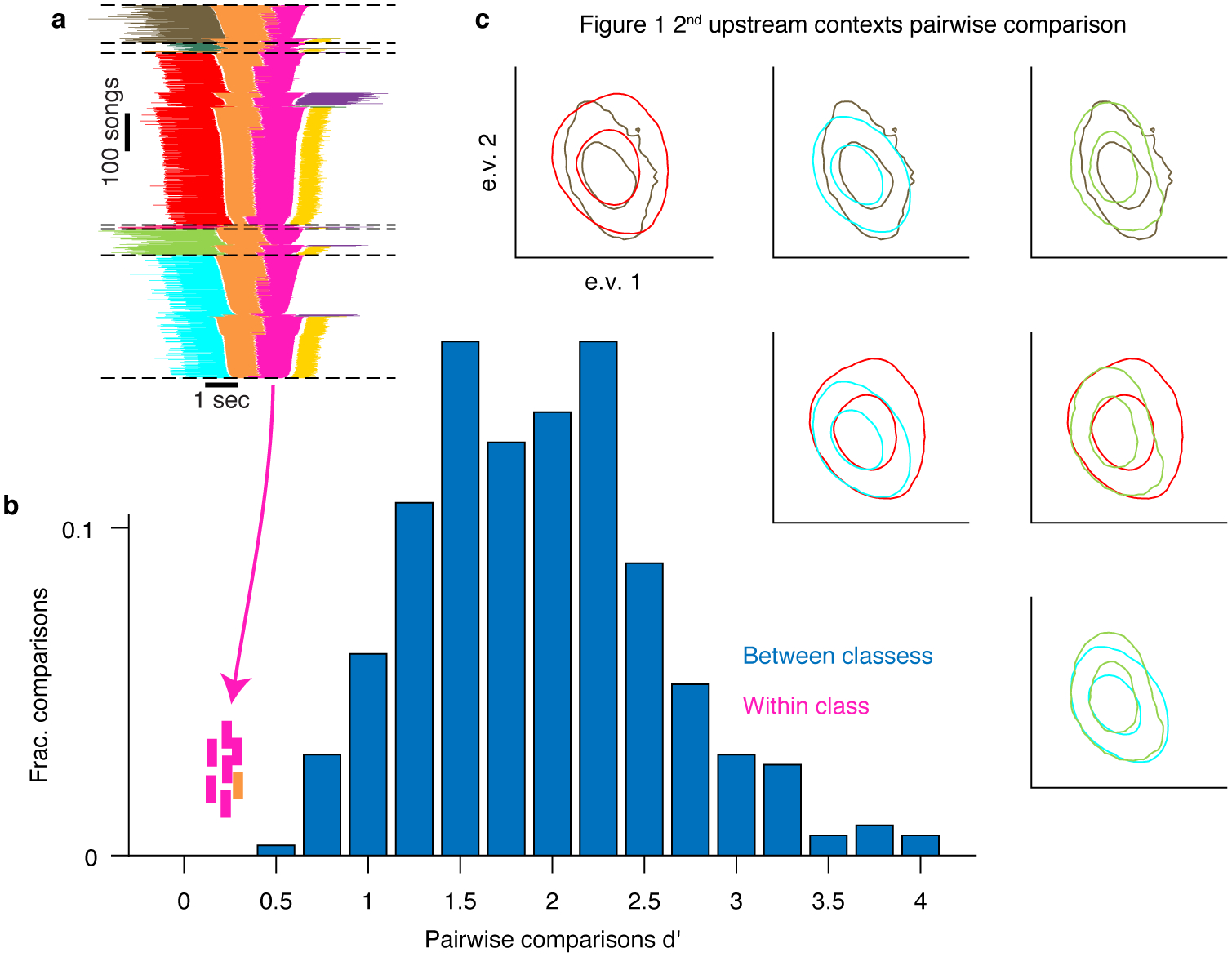Extended Data Fig. 3 |. An example in which context-dependence of syllable acoustics prior to complex transitions is too small for clear distinction.

a. Repeats main figure 1b. A summary of all phrase sequences that contain a common transition reveals that the choice of what to sing after the pink phrase depends on the phrases that were produced earlier. Lines represent phrase identity and duration. Song sequences are stacked (vertical axis) sorted by the identity of the 1st phrase, the last phrase and then the center phrases’ duration. b. The discriminability (d’, x-axis) measures the acoustic distance between pairs of syllable classes in units of the within-class standard deviation (methods). Bars show the histogram across all pairs of syllables identified by human observers (methods) corresponding to about 99% or larger identification success (in Extended Data Fig. 1b). The pink ticks mark the d’ values for 6 within-class comparison of the main 4 contexts in panel a. The orange tick marks the d’ another context comparison in a different syllable that precedes a complex transition for this bird. c. The pairwise comparison of distributions matching the pink ticks in panel b. Each inset shows overlays of two distributions marked by contours at the 0.1 and 0.5 values of the peak and colored by the context in panel a. The distributions are projected onto the 2 leading principle components of the acoustic features (methods). While some of these distributions are statistically distinct they only allow for ~70% context identification success in the most distinct case.
